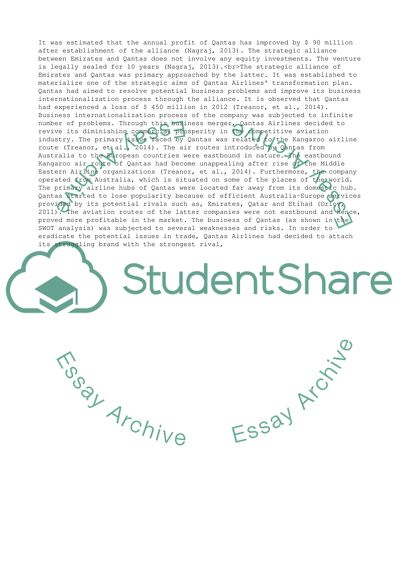Cite this document
(Strategic alliances, Fly emirates - Qantas alliances 3 Essay, n.d.)
Strategic alliances, Fly emirates - Qantas alliances 3 Essay. https://studentshare.org/business/1852384-strategic-alliances-fly-emirates-qantas-alliances-3
Strategic alliances, Fly emirates - Qantas alliances 3 Essay. https://studentshare.org/business/1852384-strategic-alliances-fly-emirates-qantas-alliances-3
(Strategic Alliances, Fly Emirates - Qantas Alliances 3 Essay)
Strategic Alliances, Fly Emirates - Qantas Alliances 3 Essay. https://studentshare.org/business/1852384-strategic-alliances-fly-emirates-qantas-alliances-3.
Strategic Alliances, Fly Emirates - Qantas Alliances 3 Essay. https://studentshare.org/business/1852384-strategic-alliances-fly-emirates-qantas-alliances-3.
“Strategic Alliances, Fly Emirates - Qantas Alliances 3 Essay”. https://studentshare.org/business/1852384-strategic-alliances-fly-emirates-qantas-alliances-3.


